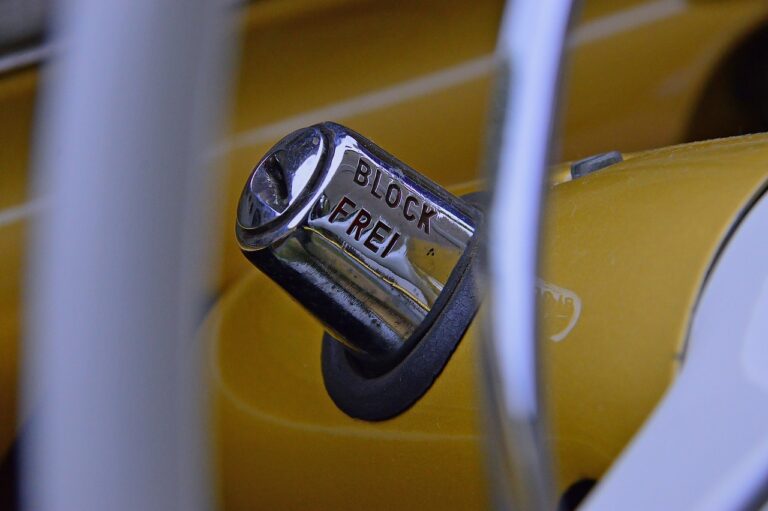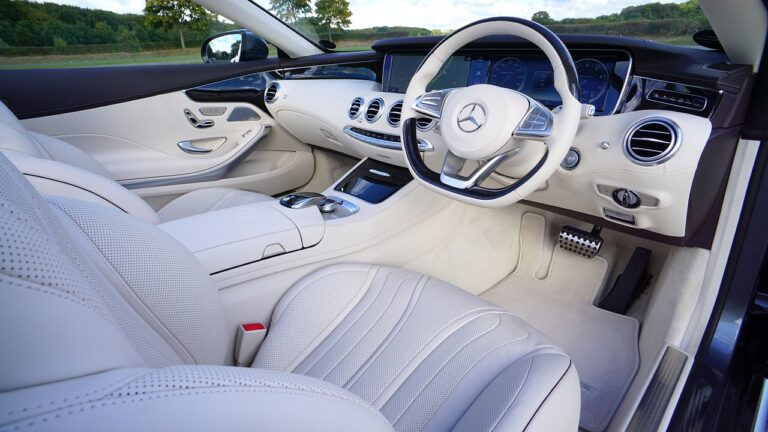The Psychology of Car Headlight Design: Visibility, Aesthetics, and Safety
When driving at night, the visibility of headlights significantly influences a driver’s perception of the road ahead. Bright and well-illuminated headlights not only help the driver see potential hazards but also make the vehicle more visible to other road users. In contrast, dim or improperly adjusted headlights can impair visibility, leading to reduced reaction time and increased risk of accidents.
Driver perception is closely tied to their ability to accurately judge the distance and speed of oncoming vehicles and obstacles on the road. Clear and well-focused headlights contribute to a driver’s perception of depth and dimensions, allowing them to make more informed decisions while driving. Furthermore, the color temperature of headlights can also impact a driver’s perception, with warmer tones often providing a more comfortable driving experience compared to cooler, bluish tones.
The Impact of Headlight Color Temperature on Safety
Studies have shown that the color temperature of headlights plays a significant role in determining the safety of drivers on the road. Headlights with a higher color temperature, often perceived as bluish-white in hue, have been found to provide better visibility at night compared to headlights with a lower color temperature. This improved visibility can help drivers see obstacles, pedestrians, and road signs more clearly, reducing the risk of accidents caused by poor lighting conditions.
Furthermore, headlights with a higher color temperature have been linked to decreased driver fatigue during nighttime driving. The whiter light emitted by these headlights is closer to natural daylight, which can help drivers feel more alert and focused on the road. As fatigue is a major factor in road accidents, the use of headlights with a higher color temperature can contribute to overall road safety by keeping drivers more vigilant and responsive to their surroundings.
The Role of Headlight Shape in Aesthetics and Functionality
The shape of headlights on vehicles is not just about aesthetics; it plays a crucial role in functionality as well. The design of headlights can significantly impact the dispersion of light on the road, affecting visibility for the driver and other road users. Different shapes and angles of headlights can influence the beam pattern and coverage, ultimately enhancing the safety of driving at night or during adverse weather conditions.
Moreover, the shape of headlights can also contribute to the overall design language of a vehicle, creating a distinctive identity and enhancing its visual appeal. Automakers often use headlight shapes to convey the brand’s identity or to differentiate models within their lineup. Additionally, innovative headlight designs can help improve the aerodynamics of a vehicle, reducing drag and consequently enhancing fuel efficiency. The shape of headlights is, therefore, a critical aspect of automotive design that combines both aesthetics and functionality to create a well-rounded driving experience.





